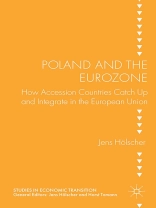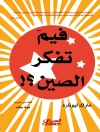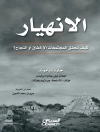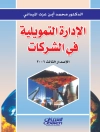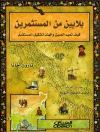Poland is one of Europe’s economic out-performers. The country’s history and geography encourage it to be in favour of deeper European integration. This book aims to contribute to discussions on the future shape of EMU and the next steps ahead.
Table of Content
PART I: THE EURO: GENERAL REFLECTIONS 1. Euro: The Main Problems and the Solutions; Leszek Balcerowicz 2. The Euroarea: Premature, Diminished, Divergent; Mario Nuti 3. The Euro as a Moentarist, Neoliberal Project; Victoria Chick PART II: INCOME DEVELOPMENTS 4. The Eurozone Crisis: Escaping the ‘Doom Loop’; Andy Mullineux 5. Business Cycles Synchronization Between the European Monetary Union and Poland; George Filis and Steve Letza 6. External Imbalances in the European Monetary Union: The Case for Keynesian Income Policy; Horst Tomann PART III: MONETARY ASPECTS 7. UIP, the Carry Trade and Minsky’s Financial Instability Hypothesis in the CEE and CIS; Robert Hayward and Jens H?lscher 8. The Maastricht Inflation Criterion and Entry to the Eurozone: Challenges and Options For EU Countries from Central and Eastern Europe; Karsten Staehr 9. Poland During the Crisis: A ‘Green Island’ Approaching the Euro Area?; Malgorzata Polanski PART IV: FIRMS’ BEHAVIOUR 10. The Impact of Foreign Capital on Competition and Concentration in the Polish Banking Sector; Malgorzata Pawlowska 11. Entrepreneurship in Poland – Dynamics and Cross-Country Comparison; Przemyslaw Zbierowski
About the author
D. Mario Nuti, University of Rome ‘La Sapienza’, Italy Victoria Chick, University College London, UK Andy Mullineux, Bournemouth University, UK George Filis, Bournemouth University, UK Steve Letza, Bournemouth University, UK Horst Tomann, University Berlin, Germany Rob Hayward, University of Brighton, UK Jens Hölscher, Bournemouth University, UK Karsten Staehr, Tallinn University of Technology, Estonia Zbigniew Pola?ski, Warsaw School of Economics, Poland Ma?gorzata Paw?owska, Warsaw University, Poland Przemyslaw Zbierowski, University of Economics, Katowice, Poland
